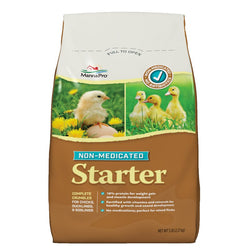Chicken age: how can I tell?
Back to blog
If you bought or acquired adult chickens somewhere else and I want to know how old they are, we have some bad news about chicken age. It is very difficult to discern the age of an adult chicken. The best you can do is make an educated guess.
2. The size of the eggs: young layers tend to lay extra small eggs. As a bird matures, her eggs get larger and larger. However, this is just in comparison to the usual egg size for the breed.
3. The condition of the vent: a moist, pink-looking vent indicates a younger bird.
4. The condition of the shanks: (a chicken's lower legs) can clue you in: older birds have larger, rougher shanks, whereas a younger bird will have smooth shanks with a bit of sheen to them.
5. The molt: a chicken under one year of age will not molt the first year.
6. The spurs: The older a rooster gets, the longer his spurs will be. Older hens may also grow spurs. However, this also depends on breed. Some breeds naturally grow larger spurs than other breeds.
There are a few clues you might look for with regard to chicken age.
1. The number of eggs they lay in relation to other birds of the same breed. For example, if you have a Rhode Island Red that only lays one egg a week, there's a pretty good chance she's several years old, whereas if she lays 5-6 eggs a week, she's probably only 1-2 years old.2. The size of the eggs: young layers tend to lay extra small eggs. As a bird matures, her eggs get larger and larger. However, this is just in comparison to the usual egg size for the breed.
3. The condition of the vent: a moist, pink-looking vent indicates a younger bird.
4. The condition of the shanks: (a chicken's lower legs) can clue you in: older birds have larger, rougher shanks, whereas a younger bird will have smooth shanks with a bit of sheen to them.
5. The molt: a chicken under one year of age will not molt the first year.
6. The spurs: The older a rooster gets, the longer his spurs will be. Older hens may also grow spurs. However, this also depends on breed. Some breeds naturally grow larger spurs than other breeds.











